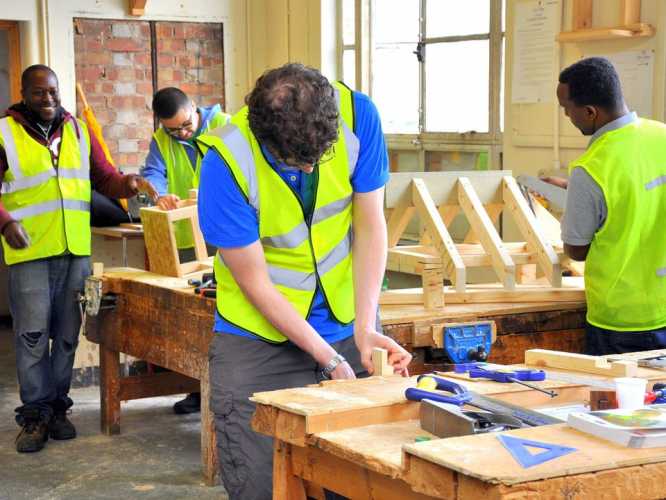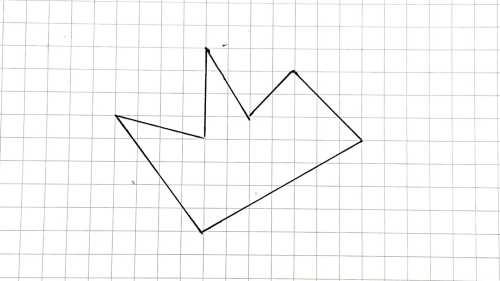How Canada impregnates wood to protect it from rot and water – a very simple recipe

If you ask any of our peasants, whose hands grow from the necessary technological elements of the body, what is the cheapest way to protect a tree from rot, water, and rodents? In 99.99% of cases, the answer will be the same: with machine oil that has served its purpose, which the machine has already belched out, but the handy peasant decided to use it again, informs Ukr.Media.
By the way, if you ask the same question to no less handymen somewhere in Alaska or the cold expanses of Canada and America, the answer will be completely different.
No, they also know about machine oil there and even hastily use it in non-residential premises, but a completely different composition is most popular. The reason is that machine oil has a number of negative aspects:
-
the frame house construction code explicitly states that it is prohibited to use in residential premises due to its carcinogenic effect – synthetic lubricant vapors accumulate in the lungs, are not excreted by anything, and in the near future, the lungs may involuntarily detach from your body;
-
Oiled wood cannot be painted with varnish, enamel, or any other paint;
-
The wood burns very well, which is not good. If the bank finds out that the mortgaged property has been treated in this way, the contract will be terminated in 5 seconds.
So, we didn't make friends with foreign lubricants. So what do imported craftsmen use to process wood? Of course, we don't take store-bought products into account, we are craftsmen!
And now it's time to surprise you.
The thing is that the Canadian builders were helped by shipbuilders. They are the ones who are most puzzled by the question of how to protect the tree. After all, if the house rots, it's no big deal, you can build a new one. And if a rotten ship goes to the bottom, then the gills won't grow back quickly. Everyone will drown!
Traditionally, ships and boats were treated with bitumen or resin. However, in the 80s of the last century, the Goujon Brothers invented their own technology for treating wood. After treatment with their composition, the wood did not rot, was not afraid of mold, water, fungi, impacts, and became similar to plastic. It could be painted without any problems.
The Goujon brothers called their breakthrough technology WEST.
It's impossible to count how many people wanted to learn the secret of Goujon woodworking. They were offered huge sums of money, and it even came to direct threats. In the end, they decided to reveal their secret and wrote a book where they deciphered their technology:
Wood Epoxy Saturation Technology.
In fact, the secret was so simple and cheap that wood is now processed using this technology by almost all Canadian and American craftsmen and builders who do not want to pay big money for industrial and purchased warehouses.
So, to prepare the “goujon” composition we will need:
1. any container that is suitable in volume;
2. two-component epoxy resin;
3. solvent 646;
4. brush;
5. Straight arms.
Well, the recipe itself:
1. Pour the resin into a large container.
2. Pour the hardener into the resin, according to the proportions indicated on the label or in the manual, and stir thoroughly as quickly as possible.
3. Pour solvent 646 into the resulting adhesive composition in a ratio of 1 part resin and 3 parts solvent.
4. Mix even more thoroughly.
As a result, you get a transparent, tear-like liquid. That's it, the composition is ready. Thanks to the volatile solvent, the composition penetrates deeply into the structure of the wood (by 10 mm or more) and preserves it. I sometimes add white dye to this composition, and it turns out a very beautiful, gluing composition that not only protects, but also decorates — emphasizes the structure and pattern of the wood.
Джерело: Source



